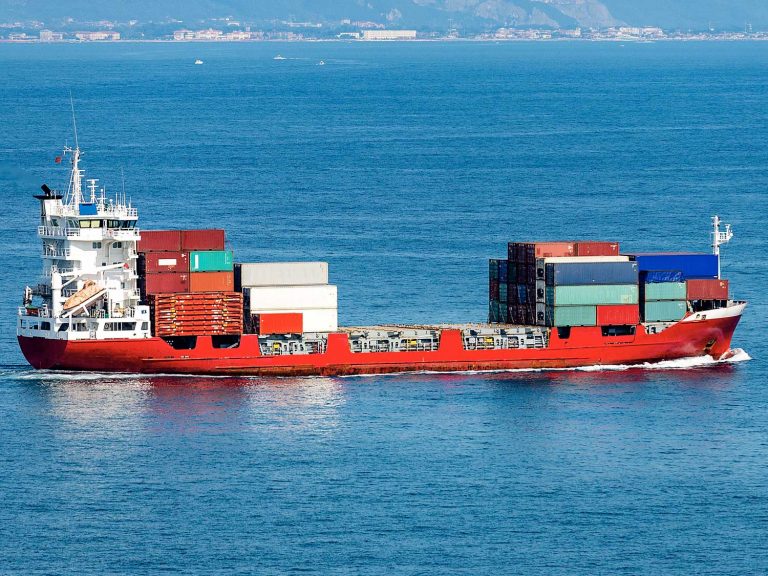
Date:
Continuing demand from Asia prompts some unusual responses
The shortage of container ships and record-breaking freight rates has prompted some carriers to come up with new and creative alternatives.
The continued demand for sea freight space, that started last May, and the ensuing volume crisis, caused by a shortage of vessel availability and empty containers in key locations globally has prompted some ’creative thinking’ in the maritime industry.
Everyone has been seeking ’new’ ways to ship containers out of Asia to the UK, Europe and US and generally on most of the world’s trade lanes.
Carriers would prefer to up-size services or offer additional sailings, but could not find the tonnage they wanted on the charter market, and even if suitable container ships could be located, the leasing rates that owners wanted were – unsurprisingly – high.
Without additional tonnage and capacity, shippers still have to address the problems of booking cargo on sold-out sailings, with freight rates that have been reaching the highest recorded levels, as reported at first in the logistics trade press and more recently by the international and national news agencies..
Carriers argue that sky-high rates are simply a function of tight capacity and that their costs have gone up as well, though this argument is unlikely to generate much sympathy from long-suffering shippers.
Every supply chain participant can unanimously lament the acute shortage of container equipment, which remain hard to come by in many origins and if – by any chance – they are available in numbers, it is usually where they are needed least, thanks to global trade imbalances.
New-build ships
With most container ships built in the Far East these days, there is a regular stream of smaller box vessels that move from the building yards to their new home in Europe, the Med, or the Americas.
Typically these ships would make this inaugural trip empty, or sometimes with an ad-hoc cargo.
Today, these newly built ships are being filled up with containers to make their delivery trip a commercial voyage, that is truly lucrative for the new owners on their maiden voyage.
Multi-purpose vessels and open-hatch bulkers
These vessels can carry some containers, but are not perfectly suited to do so, which means they are challenging to load and discharge effectively.
Charters have been selective and restricted to individual voyages, which suggests the commercial justification is very narrow.
Multi-purpose vessels often carry their own loading gear and are the definition of a working vessel. Operators that already run semi-liner multipurpose services, mainly geared toward breakbulk, have begun to market their services to carry containers.
These services always had the capacity to carry limited quantities of boxes, but shipping lines are now trying to expand this business, while sky-high rates last. It has made this approach viable and a lucrative proposition.
Regional liner deployment
There are expectations that some intra-Asia lines may move some of their mid-
sized container ships to new Europe or US services, though any foray is unlikely to last long, particularly if rates begin to soften.
We monitor the container market across Asia continuously with our origin teams providing local updates and assessments, so that we can react swiftly to developments that may be advantageous to our customers.
While we still expect more market stability this year, all the signs are that we will face another challenging time through the 1st quarter at least.
Call Ian Barnes and/ or Grant Liddell to discuss the latest market situation and secure your fixed validity deal for the year ahead in 2021, in uncertain times.
